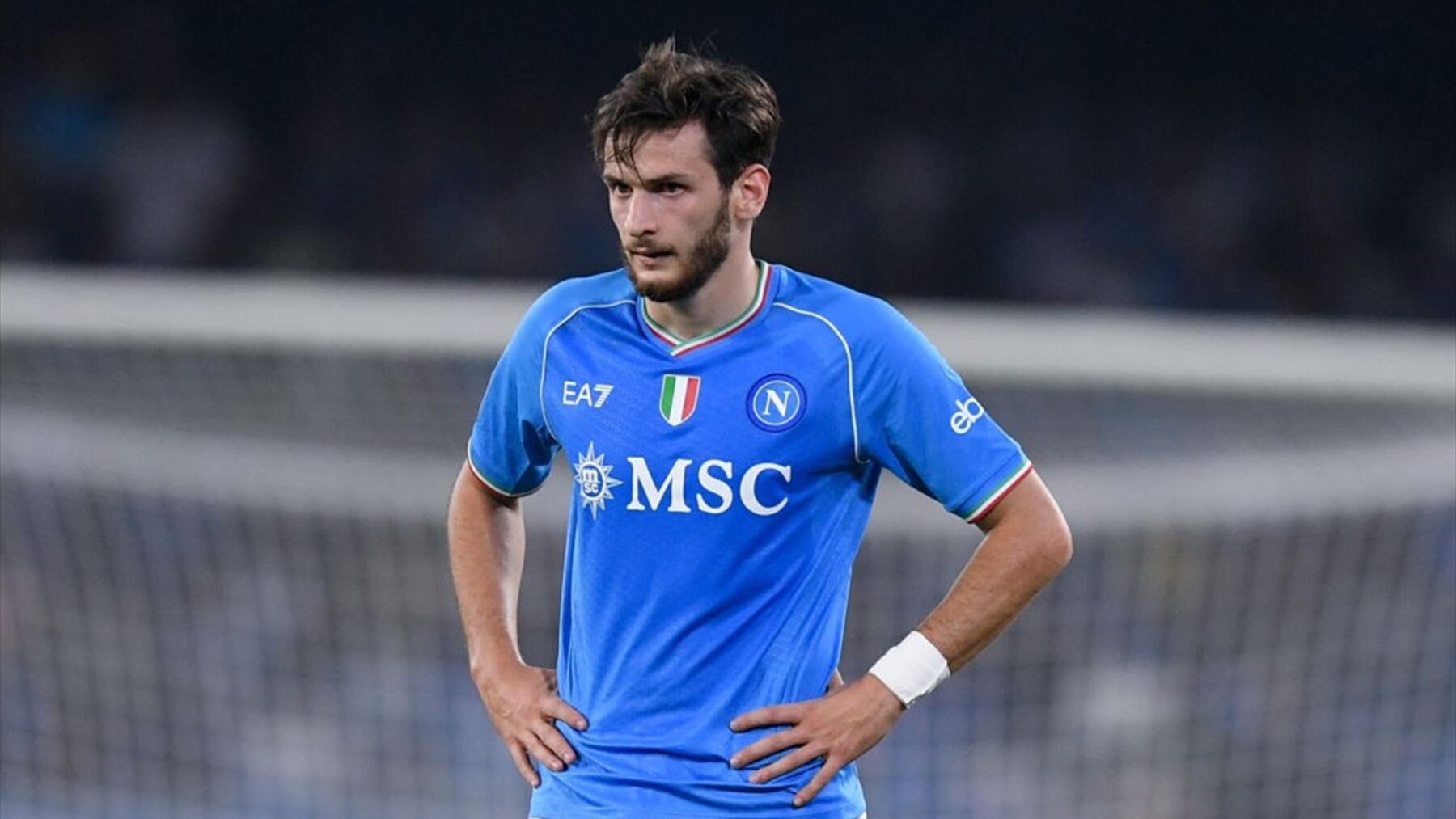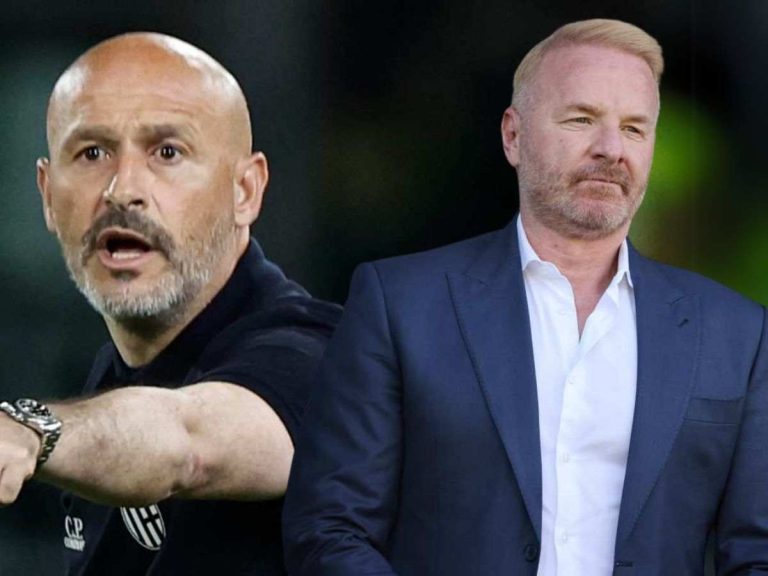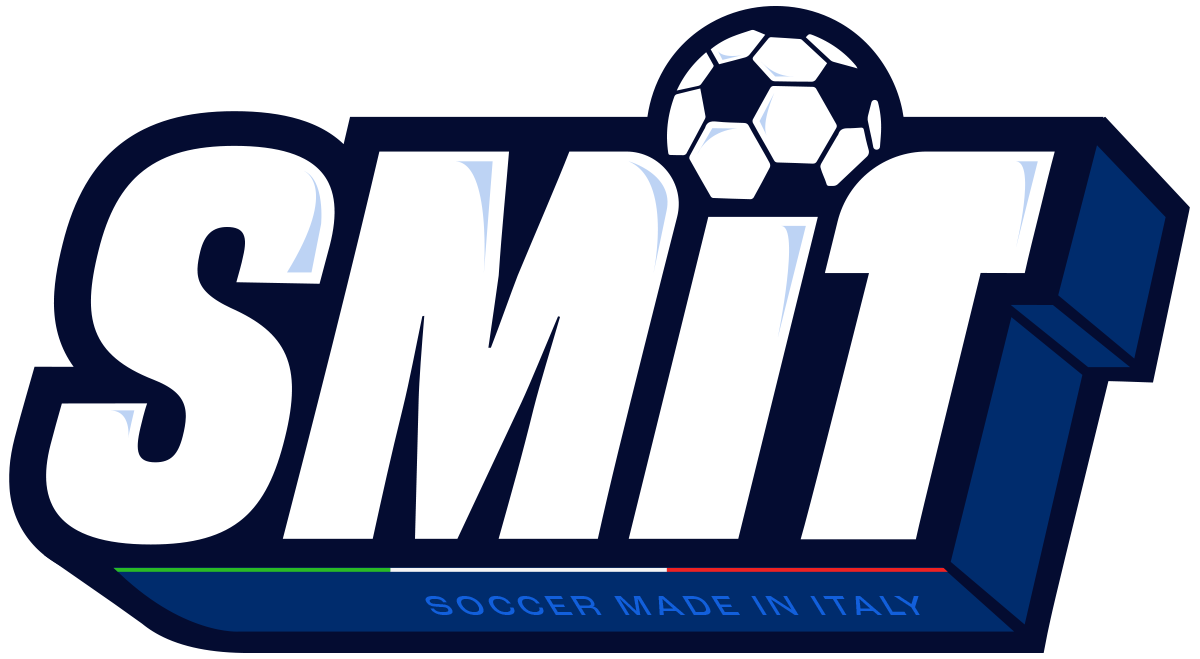di Simone Voccia
The recent sale of Khvicha Kvaratskhelia to Paris Saint-Germain is yet another wake-up call for Serie A. The departure of the Georgian star, one of the brightest young talents in the league, underscores how Italian football has become more of a stepping stone for Europe’s elite clubs rather than a final destination for the world’s best players.
The fall from glory
Back in the ’90s and early 2000s, Serie A was every footballer’s dream. Clubs like AC Milan, Juventus, and Inter ruled Europe both on the pitch and in the transfer market, attracting superstars like Ronaldo, Zidane, Batistuta, and Kaká. It was an era of dazzling football, packed stadiums, and ambitious presidents willing to spend big to dominate.
Fast forward to today, and the landscape couldn’t be more different. Europe’s heavyweights—particularly Premier League clubs with their mega TV deals, Spanish giants like Real Madrid and Barcelona, and teams bankrolled by Middle Eastern wealth—have drained Serie A of its star power.
The blow of losing the “Growth Decree”
A key reason behind Serie A’s struggle is the abolition of the “Growth Decree”, also named “Decreto Crescita,” a policy that offered tax breaks on salaries for foreign players joining Italian clubs. This law had briefly allowed Italian teams to attract top talent by easing the financial burden of hefty wages.
With this incentive gone, Serie A has been left lagging behind. Clubs like PSG, backed by near-unlimited funds, can offer players significantly higher wages without facing the same tax pressures.
Adapt or perish: the hunt for hidden gems
Without the pull to land marquee names, Serie A clubs have shifted focus to unearthing young, unproven talents. It’s a strategy that rewards sharp scouting but comes with limitations.
Take Kvaratskhelia as a prime example. Even when an Italian club discovers a gem, the lack of financial clout and a competitive ecosystem often forces them to sell. This constant cycle of finding and flipping players weakens the league, making it less appealing to fans and sponsors alike.
How can Serie A turn it around?
If Serie A wants to reclaim its status, it needs to tackle several critical issues head-on. Structural reforms are essential, starting with investments in modern stadiums and state-of-the-art infrastructure to boost revenue and improve fan experiences. Reintroducing fiscal incentives, like the “Growth Decree,” or crafting similar policies could make the league more competitive in the global market.
Developing homegrown talent must also become a priority, with a system designed to nurture young players and keep them in Italy for the long haul. Additionally, smarter financial management is crucial—cutting waste and attracting serious investors could provide much-needed stability for the clubs.
Kvaratskhelia’s move to PSG is just the latest chapter in a decade-long decline for Italian football. Serie A still holds immense potential, but it must reinvent itself to stay relevant in an ever-evolving global football market. Whether it’s through strategic investments, innovative policies, or better talent retention, one thing is clear: it’s time for Serie A to step up or risk being left behind.





